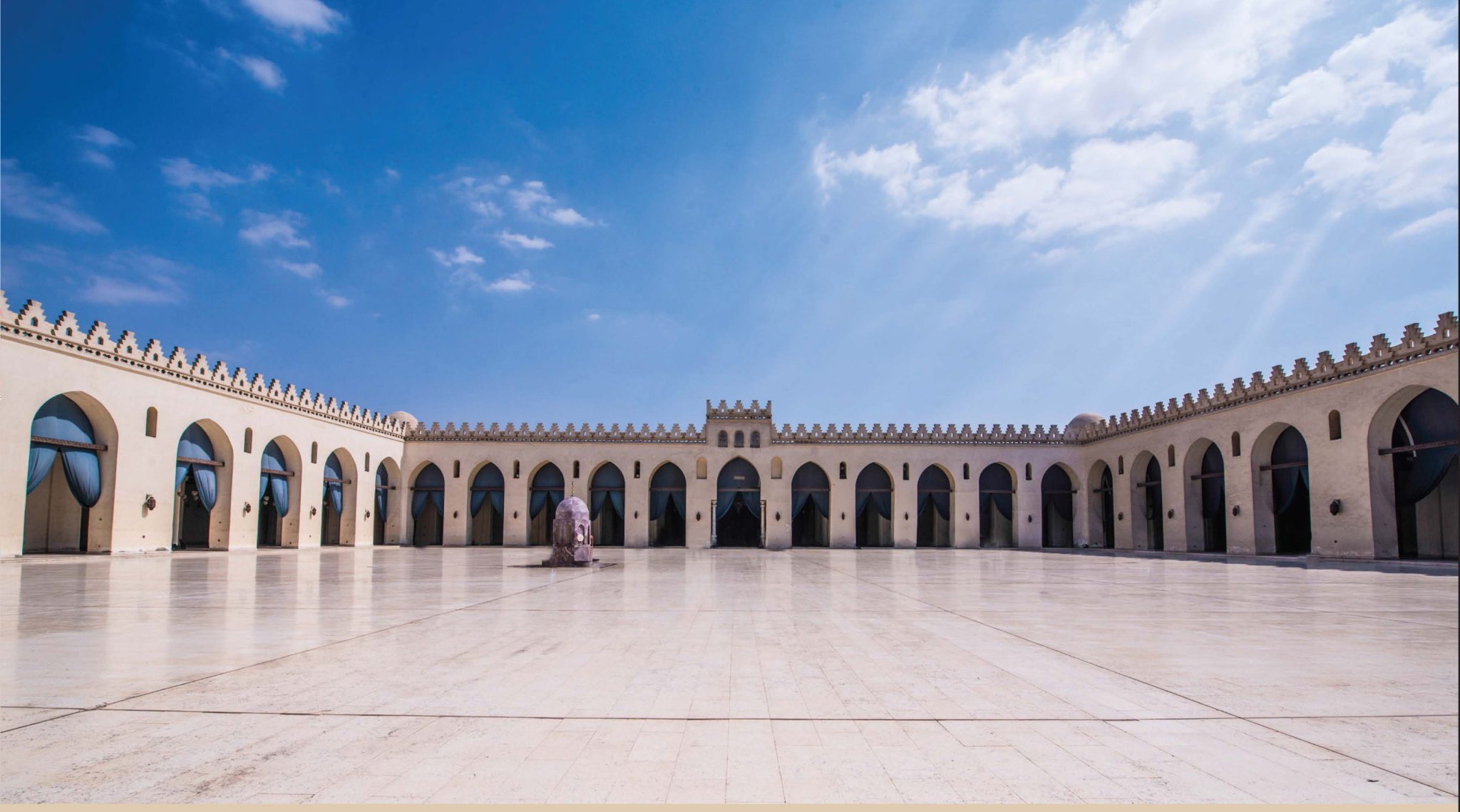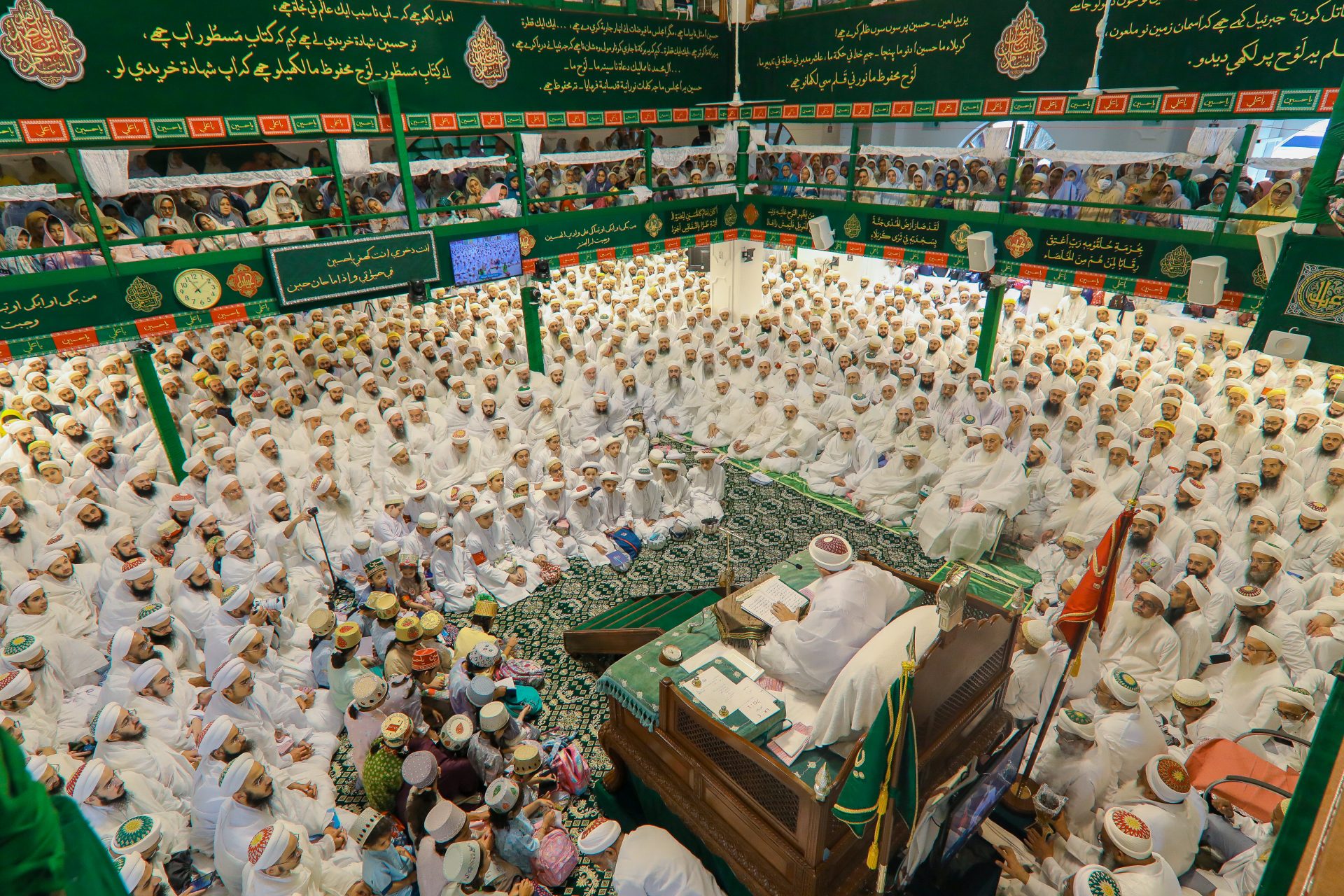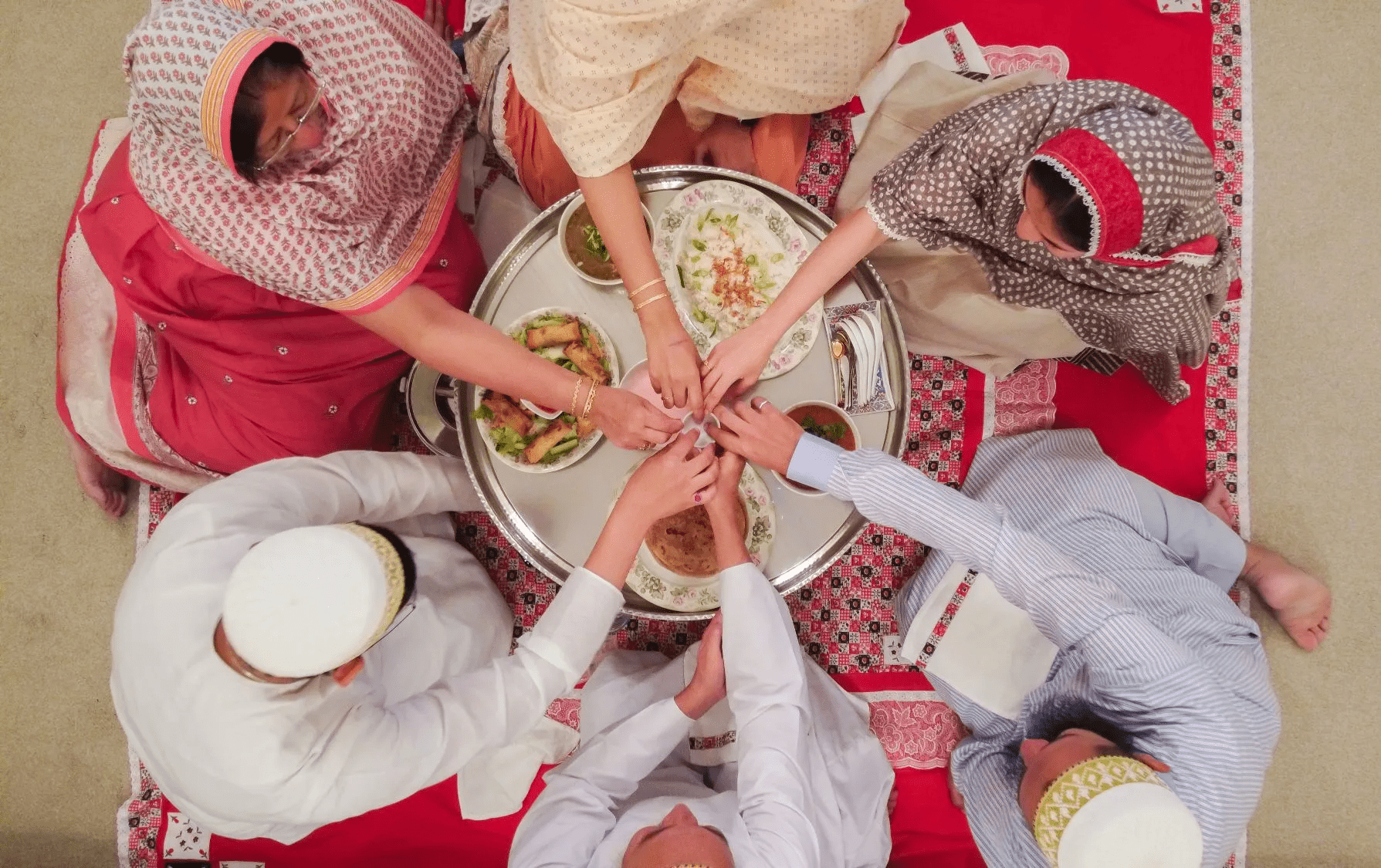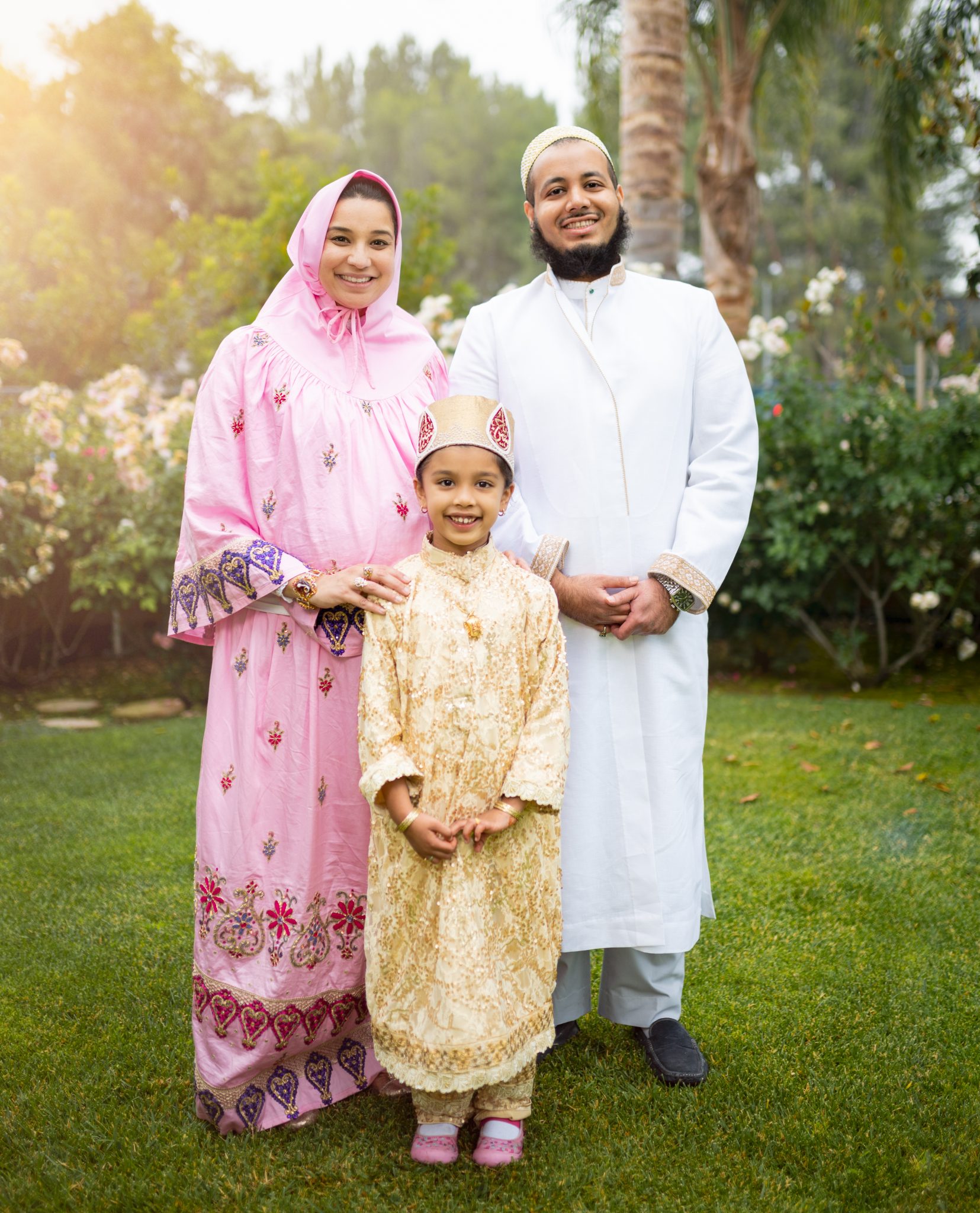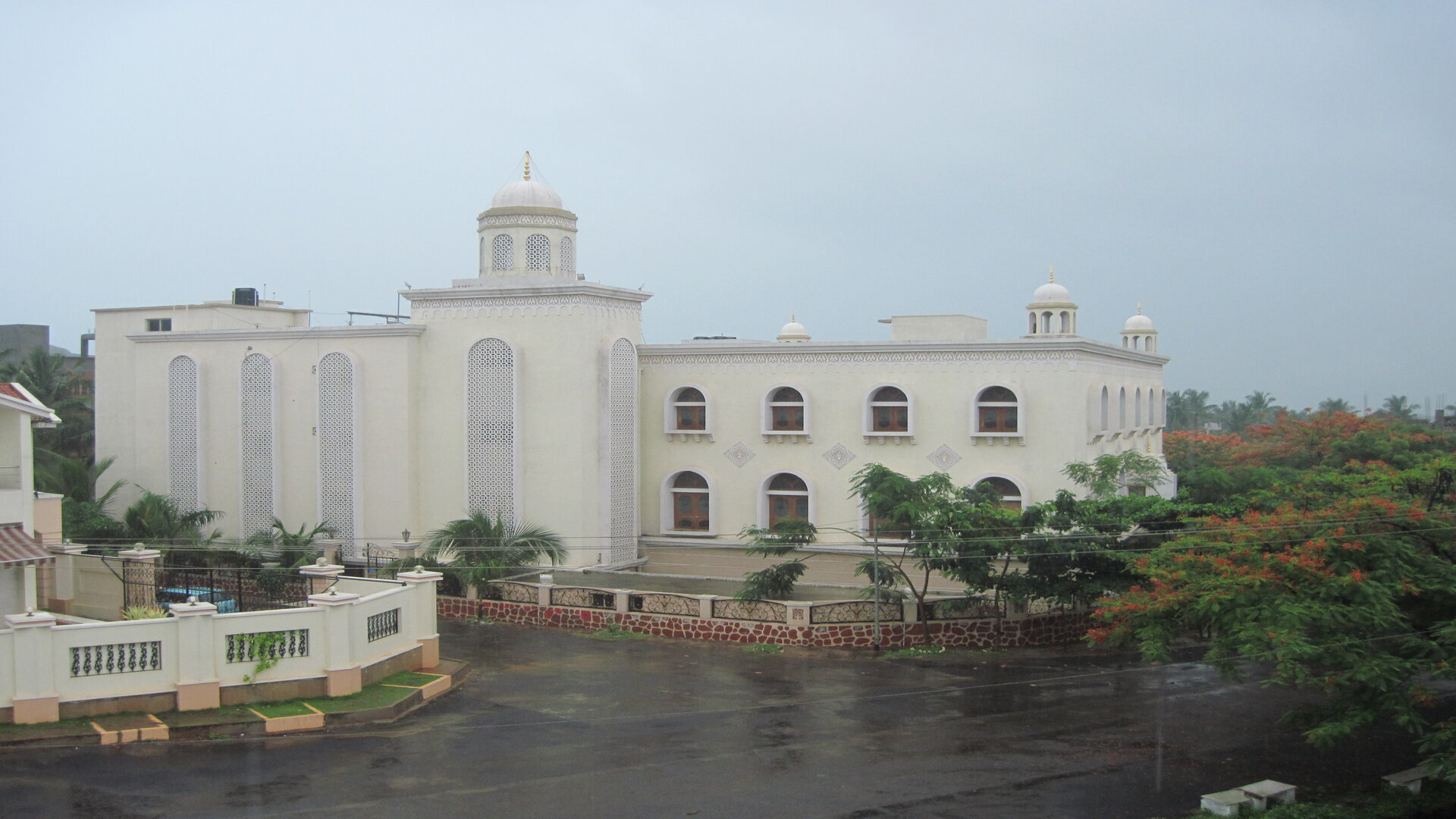
The Dawoodi Bohra community is a Shia Muslim group with about one million members, led by the 53rd Da’i al-Mutlaq, His Holiness Dr. Mufaddal Saifuddin (TUS). In Visakhapatnam, we are a close-knit society of over 190 households and more than 700 members.
We have a strong entrepreneurial spirit backed by a commitment to ethical practices and cooperation. ost of us are traders which is reflected in the name 'Bohra,' meaning 'trader' or 'businessman' in Gujarati.
Our community first arrived in Visakhapatnam during the construction of the Visakhapatnam Steel Plant, seeking to expand their businesses, and we have proudly made it our home ever since.
Our members are involved in a variety of businesses ranging from plumbing to machinery and from toys to gaming arenas.
